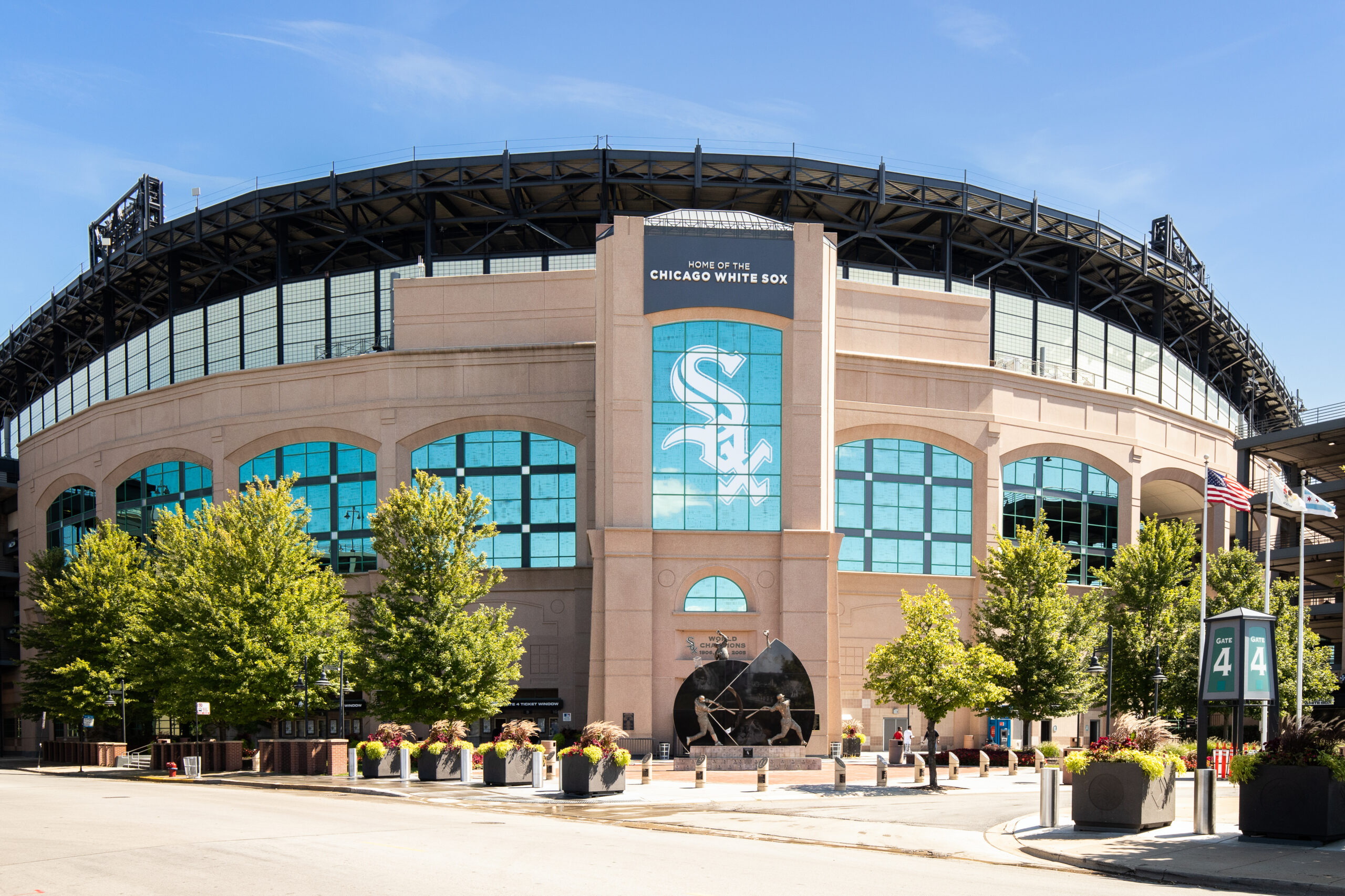The future of Guaranteed Rate Field, the home of the Chicago White Sox, is a topic that requires careful consideration with the surrounding neighborhood always playing a significant role. Regardless of the path, it will need a strong commitment, creative funding solutions, and leadership from all key parties.
Many ballparks and arenas have been renovated successfully over the years. In each case, the district experience surrounding the venue is crucial as it enhances the ballpark’s value and adjacent real estate. Take, for instance, Los Angeles’ SoFi Stadium, which was built in a previously struggling neighborhood, or Chicago’s iconic Wrigley Field, which underwent a successful renovation that improved both the general public’s experience and premium offerings, generating substantial new revenue.
The development of a well-thought-out mixed-use and entertainment district around the ballpark can be instrumental in financing stadium development. This can be achieved through property taxes, Tax Increment Financing (TIF), and other onsite tax revenue generated by the district’s activities. However, such an ambitious endeavor will require leadership, creativity, and commitment from the state, team ownership, and the city of Chicago to invest not only in the ballpark itself but also in the surrounding blocks to ensure Guaranteed Rate Field integrates seamlessly with its surroundings.
Now, if White Sox owner Jerry Reinsdorf were to seek public funding for a new stadium, convincing officials would require a persuasive argument. Major league ballparks and stadium development represent a policy choice and a commitment to the city’s current and future identity. Chicago must decide whether it wants to remain a two-team major league city or potentially lose a one during its administration.
The example of Buffalo and the state of New York’s efforts to keep the NFL’s Buffalo Bills with a new stadium demonstrates how cities can rally to make things happen, even though there may be criticism regarding the public sector’s share of the cost. In larger markets like Chicago, the public sector shouldn’t have to shoulder a substantial burden. In fact, team owners in major markets like New York, Los Angeles, and San Francisco have often funded the majority of their facility costs. New taxes generated from the ballpark and the surrounding district can cover a significant portion of the expenses, without overburdening existing taxpayers. A prime location and thoughtful development of the surrounding area are critical factors in this equation.
Regarding the White Sox’s location, the team has a long history of being associated with the South Side of Chicago. However, there are numerous suburbs, even extending into Northwest Indiana, that share a strong connection with the South Side ethos. This suggests that a White Sox move to the south or southwestern suburbs, which tend to be growing with families seeking new entertainment options, could potentially expand the fanbase within the Chicagoland area and enhance the team’s value. In fact, such a move could be viewed as an opportunity to add a major asset to the south or southwest suburbs, which would benefit the entire region.



